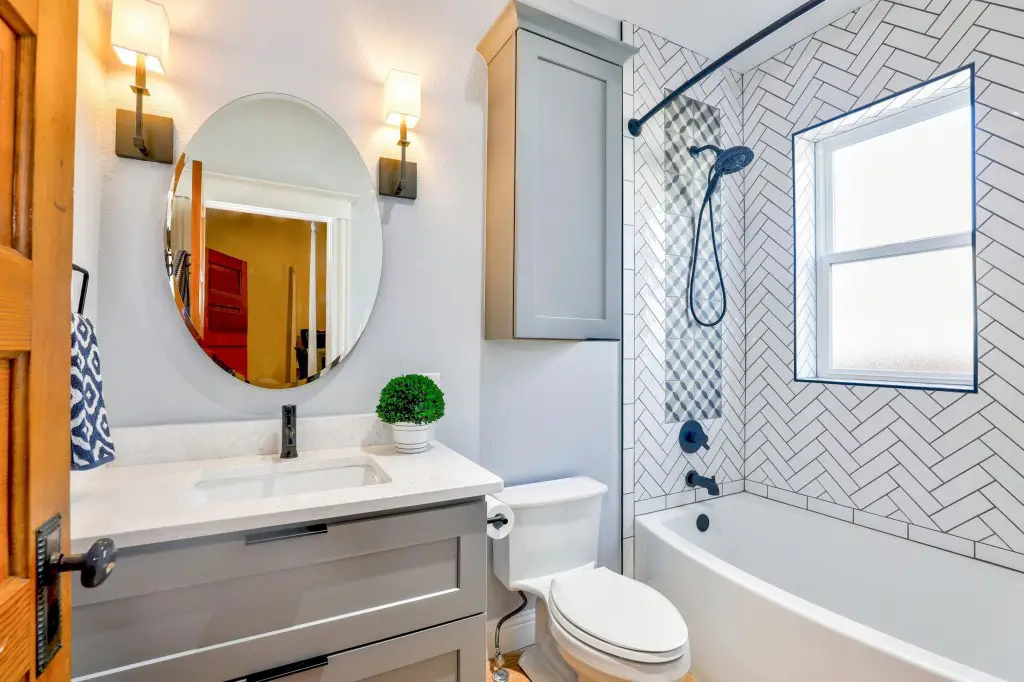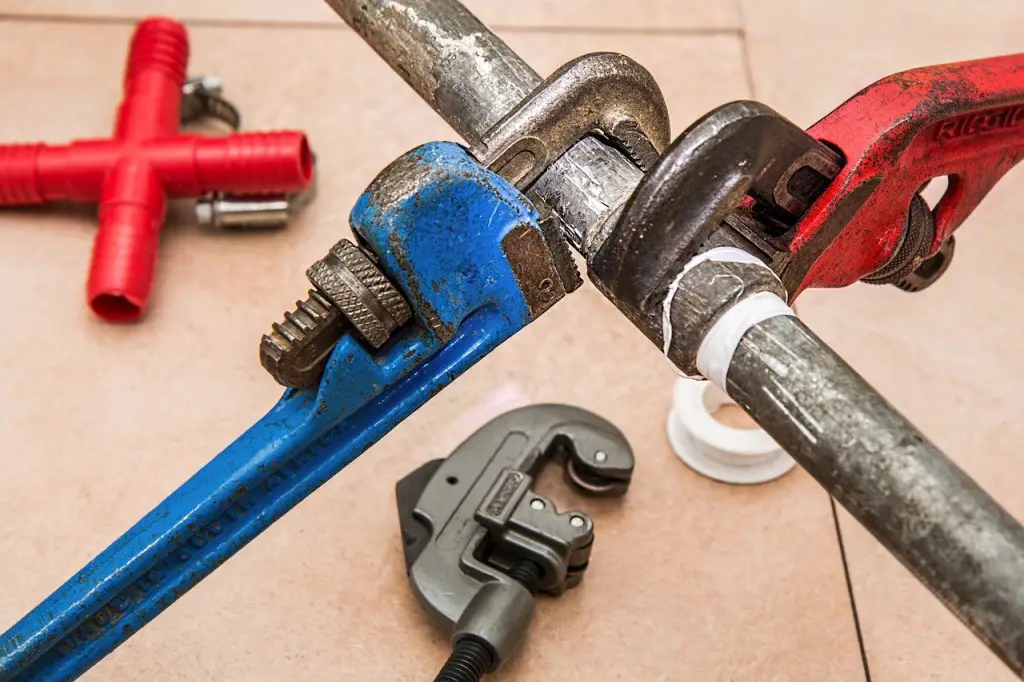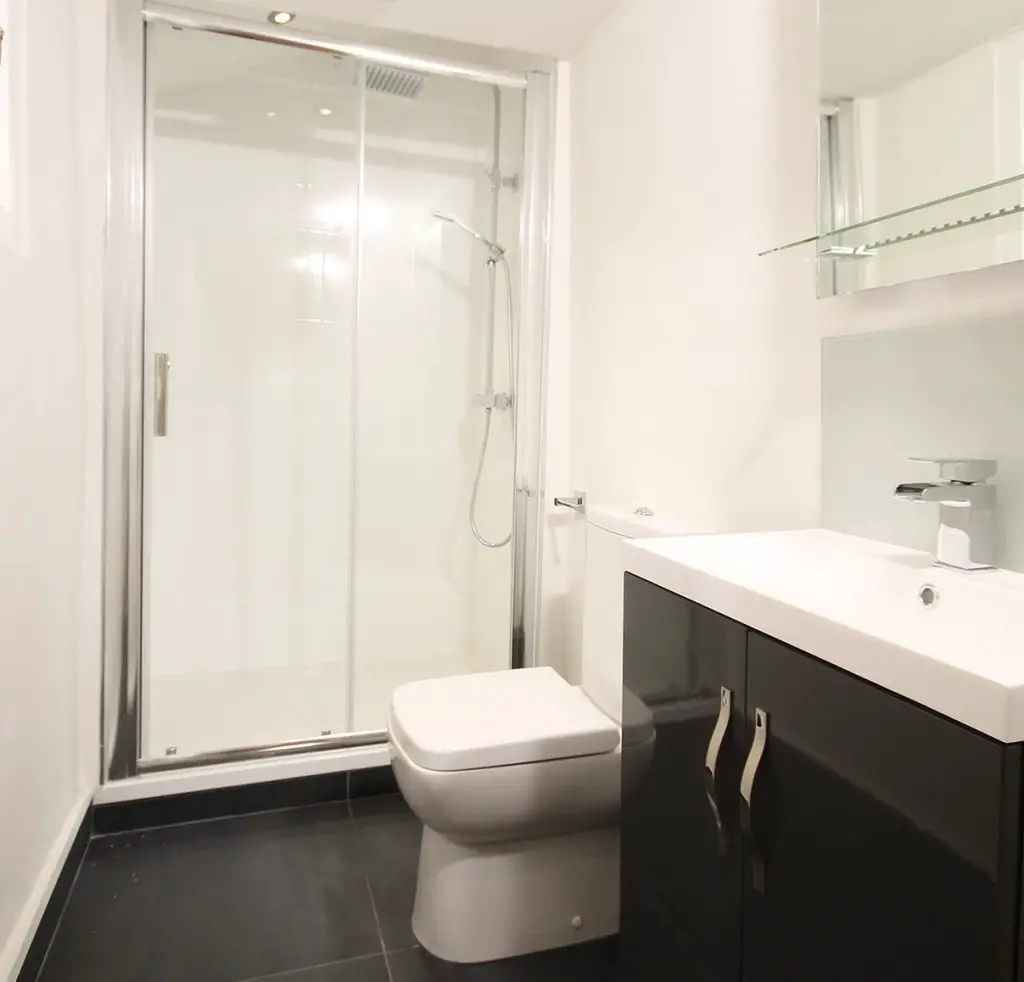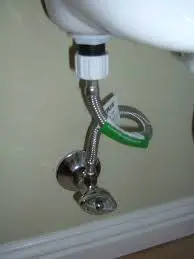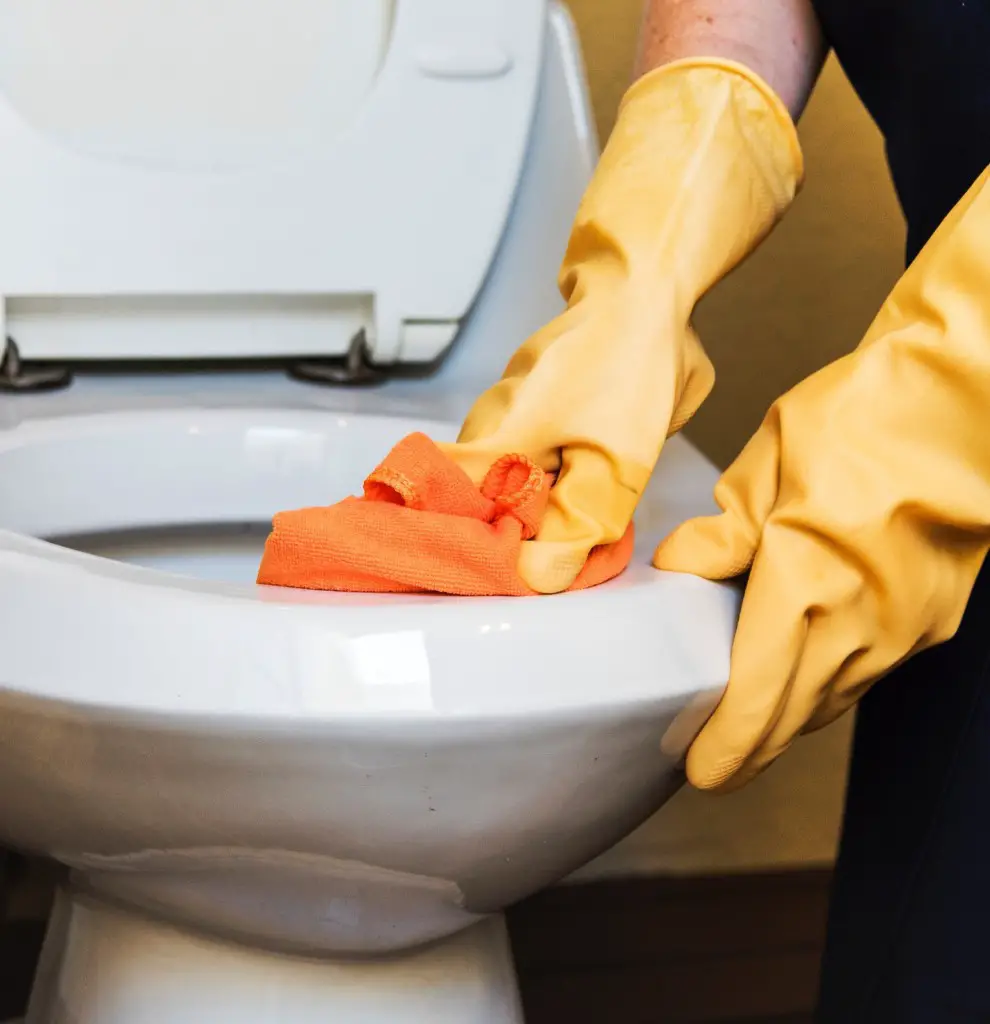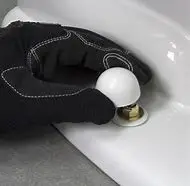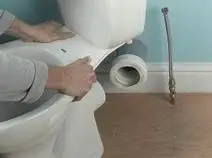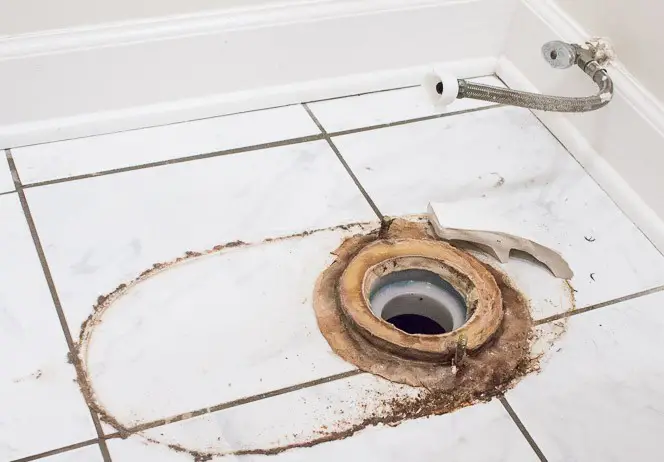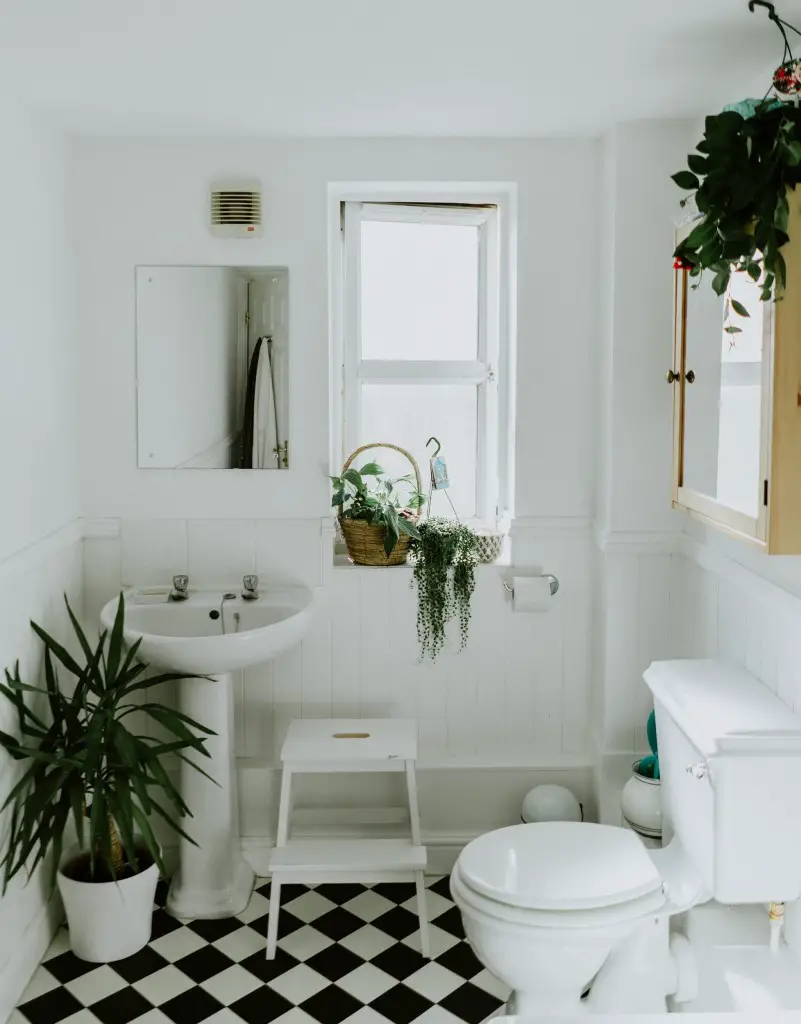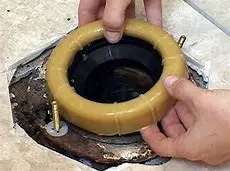There are many reasons for replacing an old, outdated toilet. The most common reason is the remodeling and upgrading of an existing bathroom. There are times when replacing a toilet may be due to a broken toilet, a slow flushing toilet or a toilet clogging continually.
Today, the two most common rooms that draw the most interest by prospective home buyers are the kitchen and the bathroom. The consensus is that for every $1,000 spent on the remodeling of either the kitchen or bathroom, the selling price of a home will increase $10,000. An overall pretty good return on the money invested.
Replacing a Toilet
Installation Tools/Supplies Needed
Removing and replacing a toilet has become easier over the years, requiring some minor mechanical ability and the basic homeowner’s tools. Here is a list of everything that you will need to remove an old toilet and install a new toilet yourself:
- Rubber gloves
- Sponge
- Bucket
- Flathead screwdriver or battery-operated power drill
- Putty knife
- Extra rags or paper towels
- Hacksaw
- Caulking gun and caulking
- Small garbage disposal bag
Toilet Removal and Installation Preparation

Measure your old toilet’s “rough-in,” which is the distance from the drainpipe to the back wall behind the toilet. Remember not to include the baseboard thickness in your measurement. Use your tape measure to determine the distance from the wall behind the toilet to the center of one of the closet bolts. If you have two closet bolts one on each side, measure to the center of either bolt. The typical rough-in distance for most residential toilets is 12 inches.
Your new toilet must match your old toilet’s rough-in. For a standard toilet replacement, the rough-in measurement should be between 11 inches and 13 inches from the wall, less baseboard molding thickness to the center of the toilet flange or drainpipe.
Keep these measurements handy when you go to purchase the replacement toilet. If your rough-in measurement is not between 11 inches and 13 inches, a standard toilet will not fit into the desired space. Make certain that all your measurements are accurate.
It is strongly advisable to have your new toilet on-site before commencing any replacement or installation work. The overall time saved will be well worth the extra effort.
Types of New Toilets
Toilets have either a round or elongated bowl. If you have a small bathroom, stick with a round bowl as elongated bowls are typically about 2 inches longer than a round bowl and may stick out into the walking area in front of the toilet bowl. Toilet seats, wax rings and mounting flanges are sold separately and not included with the majority of new toilets and must be purchased separately.
New toilets sell in a one-piece, combined tank, and bowl or two-piece configuration, bowl and tank assembled on site. One-piece toilet bowls are easier to install; however, they may be slightly more expensive. Most modern homes today use the one-piece toilet bowl configuration. A two-piece toilet bowl assembly is suitable for a guest or lower level powder room.
How To Replace a Toilet?
Locate Shutoff Water Supply
Water shutoffs are located near the floor behind the toilet. Follow the water supply line from the toilet to where it enters the wall. Water shutoffs valves are typically located on the wall behind the toilet and may be in a lever configuration or other such suitable shutoff styles.
How to Drain Toilet to Remove it?
With the water supply valve in the off position, flush the toilet to remove water in the toilet tank. There will be some residual water left in the toilet bowl that is easy to remove with your rubber gloves, sponge, and bucket.
On older homes, water shutoffs may be located in the basement utility room. Shutting off water in these rooms may shut off water to your entire home.
Disconnect the incoming water line from the wall once the incoming water is shut off. Minimal residual water may remain in the line. If water continues to flow, the water is not shut off correctly.
How To Mount Bolts
Locate the toilet mounting bolts on either side of the toilet. Remove the plastic caps covering these bolts. Remove nuts and washers from the mounting bolts. If mounting bolts are rusted carefully cut off the bolts below the nut and washer with a hacksaw. If limited space is available, carefully break the porcelain toilet base with a hammer to gain access to the rusted mounting bolts and remove with hacksaw.
How to Remove a Toilet from the Floor?
With mounting bolts removed, gently rock the old toilet back and forth to break the caulking seal at the base of the old toilet. With seal broken lift old toilet off toilet flange and place to the side. It might be a good idea to have some assistance with the lifting of the old toilet and replacing the new toilet. Toilets are heavy and cumbersome to hold in the correct position.
Use your putty knife to remove all excess caulking and wax ring material and dispose of in the appropriate container. If your old toilet consists of a separate bowl and water tank, there is no need to remove the tank from the bowl when removing the old toilet. Removal is simplified if the tank and bowl remain in a one-piece configuration.
Tip: With old toilet removed place rags or paper towels in the drainpipe to prevent sewer gas back-up.
How to Remove a Toilet Flange?
The toilet flange mounts your new toilet securely to the floor with mounting bolts. Some individuals prefer to replace the toilet flange, and then others prefer to reuse the old flange if there appears to be no damage Replacing the toilet flange is a matter of personal preference.
To remove the old toilet flange, locate the mounting screws and remove with a flathead screwdriver or battery-operated power drill. Pry the old toilet flange off the drainpipe and discard. Install the new toilet flange and screw to the floor with the provided toilet mounting flange screws.
Install the new toilet mounting bolts into the proper location on the new toilet flange. Check for a level floor surface before proceeding with toilet installation.
How to Remove a Toilet Permanently?
Converting an old bathroom into a closet or other usable space requires permanently removing the existing toilet. Once the old toilet has been removed as previously outlined above, the toilet flange needs to be permanently removed as well.
Removing the old toilet flange depends on the flange installed. If the old toilet flange has been in place for many years, the old flange may require removal with the use of a chisel and hammer.
Typically, the removal of the old toilet flange is not as difficult as it may sound. Patience goes a long way in removing stubborn toilet flanges.
With the old flange removed, install a specialized toilet drain plug that will permanently seal off the old toilet drainpipe. These drain plugs are available at your local home improvement store and are easy to install with rubber seals that expand to the width of the existing drain pipe.
Installing the New Toilet
To replace toilet, first remove rags previously placed in the drainpipe in preparation for the new wax ring. Make sure any old caulking has been scraped off and the area is clean and smooth for installation. This is also a perfect time to paint the area behind the toilet if you are also repainting your bathroom.
How to Replace Wax Ring?
Install the new toilet wax ring on the bottom of the new toilet or on the specified areas of the new toilet flange. Here again, there remain some preferences when installing the new toilet wax ring. The preferred method to ensure a good tight seal is to install the new toilet wax ring on the new toilet flange to prevent movement when installing the new toilet. Toilet wax ring sizes are standard and the only thing to consider is the thickness if the toilet flange is below floor level. There are extra thick toilet wax rings available for this situation.
CAUTION. Leaks will develop if the toilet wax ring is not installed correctly.
Gently lift the new toilet on to the mounting bolts. It is recommended that you have a friend or relative assist you with the replacement of the new toilet and proper placement of the new mounting bolts.
Place washer and nut on the mounting bolts and tighten. Be careful not to overtighten the mounting bolts to prevent cracking of the porcelain enamel base of the toilet bowl.
Connect the water supply line and turn on the water. Next, fill the tank while checking for leaks. When the tank is full, flush toilet for proper operation. Repeat filling the tank at least two to three times checking for leaks each time.
Install your selection of the new toilet seat. Caulk entire distance around the base of the newly installed toilet for a professional installation appearance. Patience and practice lead to perfection even with toilet installation. Bathroom caulking or sealant comes in a variety of colors to match any interior bathroom décor.
How to Remove a Toilet?
Removing a toilet and replacing with a new modern toilet is not as difficult as it may seem. With the application of common sense and procedures, removing a toilet and replacing an outdated toilet should take no more than two hours to complete. Toilet installation cost is also very modest and shouldn’t be a deterrent to updating an outdated restroom. Never rush into removing an old toilet without a total comprehension of the proper steps listed above or all your efforts will quickly go down the drain.


